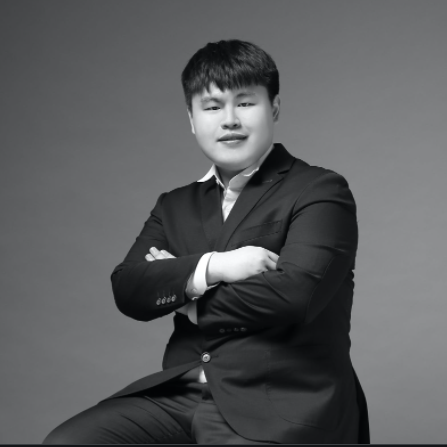Creative Classical Concert Management presents Seong-Joo Kang in Review
Seong-Joo Kang, piano
Weill Recital Hall at Carnegie Hall, New York, NY
February 23, 2022
One of those rare events happened on Wednesday evening: a recital that made the reviewer set aside his analytical self and simply surrender to the beauty of what was unfolding. Seong-Joo Kang, a 27-year-old Korean-born pianist, was the creator of this magic.
Seong-Joo Kang began piano studies in his native Seoul at age five, but has done his collegiate-level music study in various locales in Germany, playing for the leading lights of that culture, and obviously absorbing everything he can about the Austro-Hungarian and German traditions.
However, there are some things that can not be taught. Ah, therein lies the mystery of talent! With the first clear notes of the Haydn F minor Variations, Hob. XVII:6, a pianist of taste, style, poetic feeling, intellect, and discipline was revealed. This work, written in a key Haydn rarely used, is almost painfully private; a double variation set. In keeping with the most authentic style practice, Mr. Kang had the good sense to play the F major sections just a tad faster (nothing radical), but when he returned to the minor key, the deliberate pace he resumed each time became ever bleaker. Just prior to the conclusion, the piece breaks into what I call a “mad scene” from some imagined Baroque opera, or a reference to Bach’s Chromatic Fantasy, before resolving into a very uncertain F major. Not a note was out of place, the sonority was beautiful, and there was no idle “passagework” – every note sang.
Next came Schubert’s Fantasy in C Major, commonly known as the “Wanderer,” after the song quoted in the second part (of four continuous “movements”). The archetype of Romantic period longing, “Da wo Du nicht bists/Da ist dein Haus” (Wherever you are not/There is your home). The continuous dactyls of the poem (long-short-short; commonly used in ancient Greek epics) are represented musically in this monothematic masterpiece. For Schubert, even the epic triumphs of this Fantasy may be more desperate than joyful; this rhythm also became an oft-used signifier for death.
The sheer bravado of the three quick sections should really make us reevaluate what Schubert may have been like as a piano performer. In the Fantasy, Mr. Kang was able to thunder (without ever banging!), then turn immediately to a whisper. He savored every color change from minor to major, and knew exactly how to make the required subito pianos, as well as pacing the repeated climaxes. This is the work that does not want to “say goodbye,” its C major coda restates itself again and again. Yet Mr. Kang’s grasp of structure is so strong, the work never wandered. One hint: After playing such a titanic work, dear Seong-Joo, please take a much bigger bow- you’ve earned it!
After intermission, the entire second half was devoted to delicious Rachmaninoff, one transcription and one original set. One could hardly imagine a composer more diametrically opposed to Viennese classicism than Sergei R. the “6-foot scowl.” Yet, in his own abundant recordings Rachmaninoff reveals himself to be quite “classical” in his expression, unlike the sometimes highly exaggerated versions we hear today. Mr. Kang followed in this straightforward path, to great effect.
The first work was Fritz Kreisler’s delectable Liebesleid (Pains of Love, originally for violin and piano), a Viennese waltz of such charm that one scarcely notices how difficult Rachmaninoff’s arrangement is (!), especially in the hands of a pianist like Mr. Kang. His economy of motion is a joy to behold. Everything goes into the music, no gratuitous display.
He followed with Rachmaninoff’s Six Moments Musicaux, Op. 16, an obvious reference to Schubert’s set of the same name. But what a difference. Four of these pieces are awash in decorative filigrees of either lacy delicacy or thundering power (or both). Mr. Kang clarified every single texture without ever sounding taxed or busy. Frankly, I could have used a little more exaggeration in these works, as well as that hallmark of the Russian school: attention paid to bringing out inner voices. The two lyrical movements were also beautiful, with No. 5 in D-flat bringing a spontaneous tear or two to this crabby old reviewer’s eyes. Have I gone soft due to the pandemic? I think not.
Mr. Kang favored his small but fiercely devoted audience with the Schumann/Liszt song transcription Widmung, which was perfectly sensitive.

